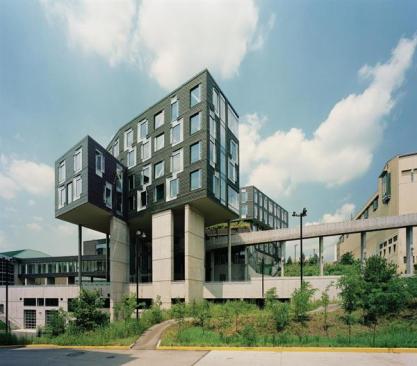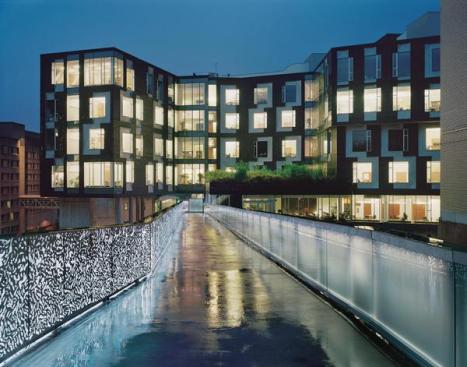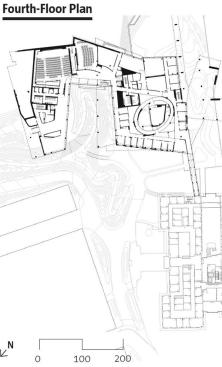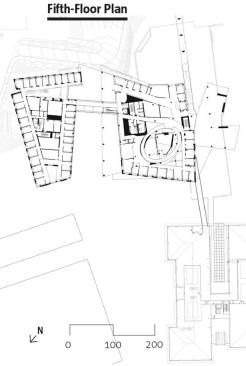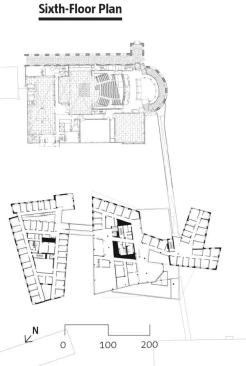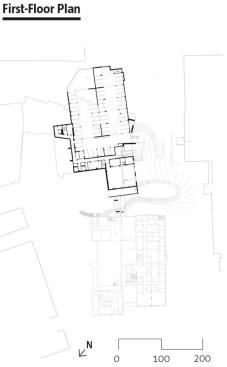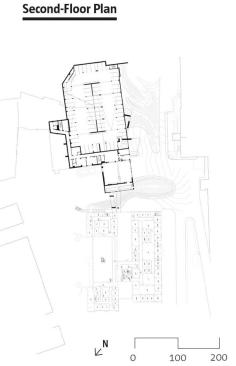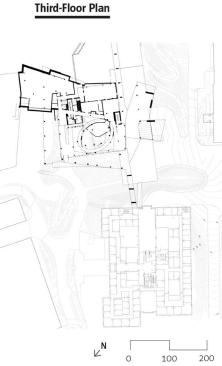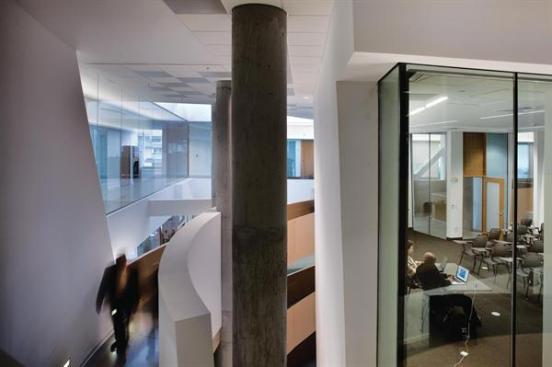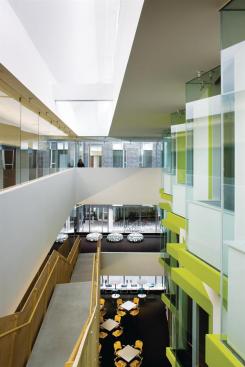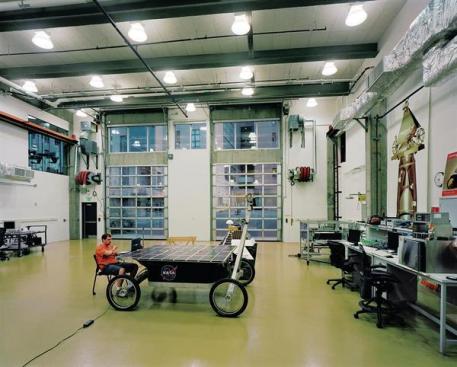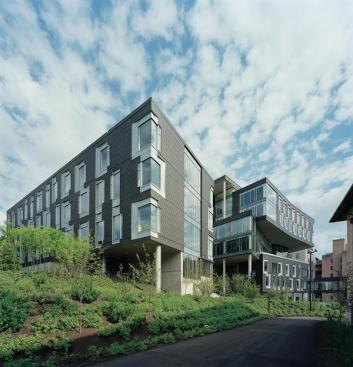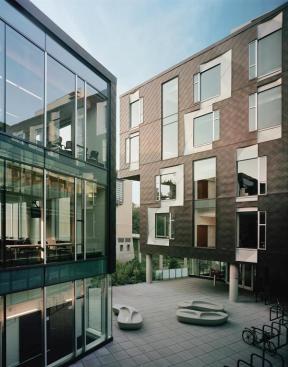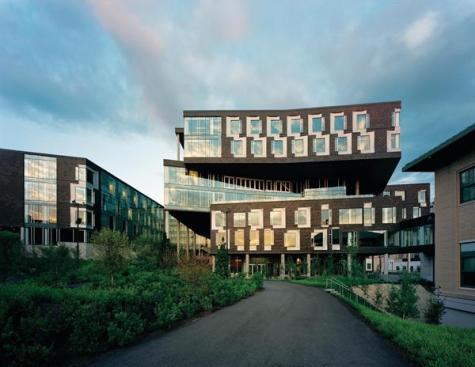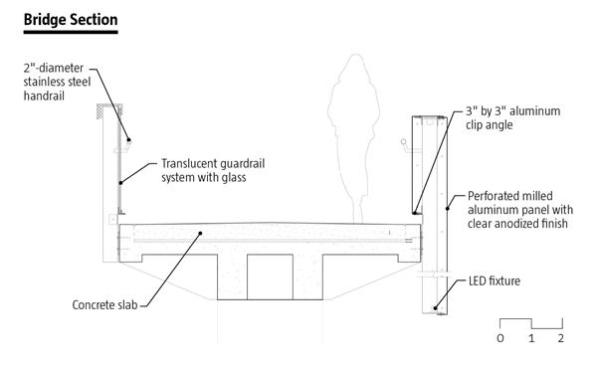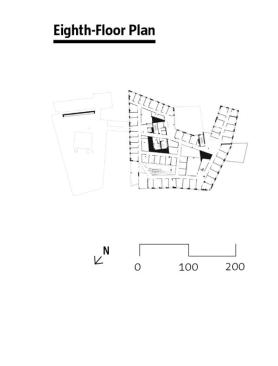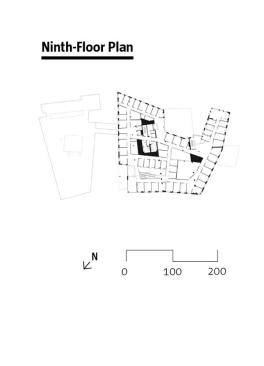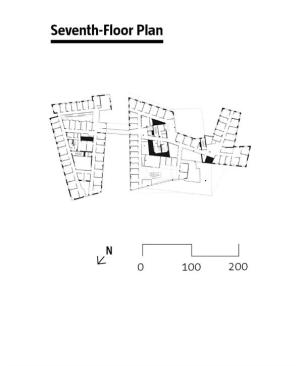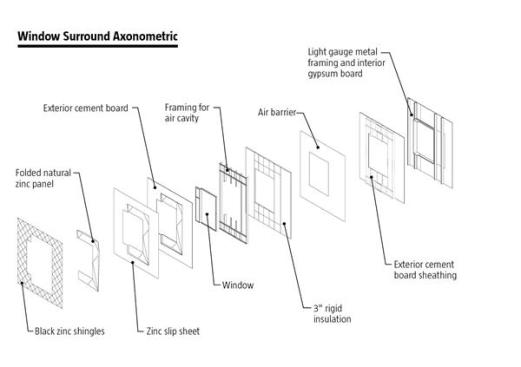Project Description
The design for the new Gates Center for Computer Science and Hillman Center for Future-Generation Technologies, on the campus of Carnegie Mellon University, is a 21st-century reinterpretation of the architectural principles that relied on when drafting the campus master plan and designing its earliest structures, starting in 1904.
The building consists of a 10-level concrete frame structure with a floor plate that is larger on its upper floors. The lowest two levels are below grade and provide parking. The next five levels are public and link the upper campus to the lower campus. In the Gates Center, a central atrium houses a 650-foot-long spiral walkway, undergraduate classrooms, a café, the dean’s suite, offices, and an auditorium are grouped either around—or in—the ramp. This inclined plane’s gentle 1 in 20 slope offers a leisurely connection between entrances on multiple levels of the building.
Beyond the public areas, the core programmed spaces are the faculty offices—nearly 120 individual rooms that the client insisted all have natural light and a view to the outside.The fact that the building mass is divided into two primary volumes—with the Hillman Center to the north and the Gates Center to the south—allowed the architects to incorporate as many nips, tucks, and angles as possible to provide subtly different orientations for the individual faculty offices, and to allow for terraces and other outdoor space.
Read the full article here: http://architectmagazine.stg.zonda.onl/education-projects/carnegie-mellon-university-gates-and-hillman-cent.aspx
